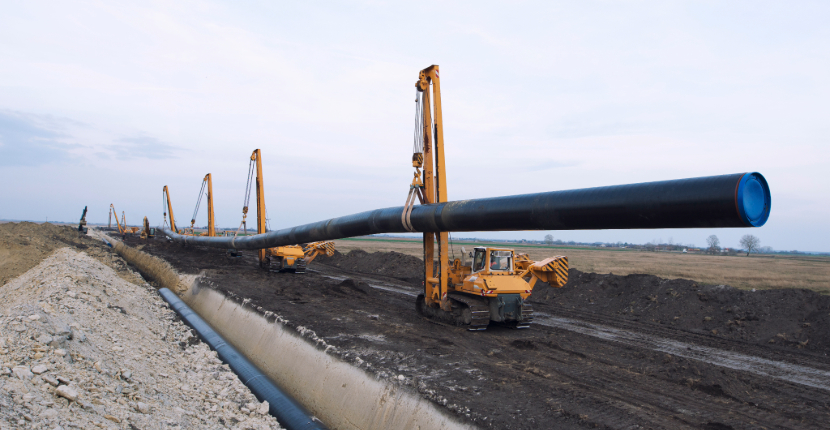
Leach Field Repair | Septic Field Restoration
Enquire Today For A Free No Obligation Quote
At Leach Field Repair, we provide expert solutions for diagnosing and restoring failed or failing septic leach fields across residential and commercial properties across the UK.
If you’re noticing soggy patches in the yard, slow-draining plumbing, or unpleasant odours near your system, it’s time to take action.
Our team uses state-of-the-art tools to pinpoint problems and restore proper drainage—whether through clearing blockages, replacing piping, or rebuilding trenches.
What Are The Signs That Your Leach Field Needs Repair?
Warning signs of a failing leach field include slow household drains, sewage backups, and odours in the yard.
When a leach field fails, it struggles to filter and absorb wastewater from your septic tank. As a result, water begins to back up into household drains or toilets.
You may notice unusually lush green patches over the field due to excess nutrients or wet, spongy ground where water is surfacing.
If your septic alarm activates or the tank is consistently at high levels, this often signals a drainage problem in the field itself.
What Causes Leach Field Failure?
Common causes of leach field failure include:
- Soil saturation – Caused by poor drainage or heavy rainfall, preventing proper wastewater dispersal.
- Sludge and solids buildup – Accumulates in perforated pipes, leading to clogs.
- Tree root intrusion – Roots invade pipes or distribution lines, disrupting flow.
- Broken distribution lines – Damage to pipes interferes with even wastewater distribution.
- Improper system use – Flushing chemicals, grease, or excessive water accelerates wear.
- Lack of maintenance – Neglect allows small issues to develop into full system failure.
What Is The Process For Repairing A Leach Field?
The leach field repair process starts by conducting assessments using camera inspections, dye tracing, or percolation tests to identify the cause and location of the failure.
Once the problem is located, we may use high-pressure jetting to clear clogs or replace damaged pipes.
If the soil has become too compacted or saturated, we might need to rebuild the trenches to restore proper filtration.
The final step involves restoring the area with fresh soil and ensuring the drainage system is working efficiently again.
How Much Does Leach Field Repair Cost?
Leach field repair costs between £800 and £6,000, depending on the scale and severity of the issue.
Several factors influence this cost, such as the extent of damage, soil conditions, and system size.
Minor repairs, such as clearing blockages or replacing short pipe sections, can range from £800 to £2,000.
More extensive work involving trench rebuilding or large-scale excavation may exceed £5,000.
Additional expenses may include inspection fees, excavation labour, septic pumping, or restoration work to resurface the affected area.
Contact Leach Field Repair to get customised prices for repairing leach fields on your property.
How Long Does Leach Field Repair Take?
Leach field repair can take one to five days, depending on the size of the system and severity of the issue.
Minor repairs may be completed within a single day, while extensive work, such as full trench replacement or resolving long-term flooding, can extend to several days.
Variables such as weather, site access, and system layout all influence the timeline.
Can A Leach Field Be Restored Without Replacement?
In some cases, leach fields can be restored without full replacement using jetting, aeration, or bacteria treatments.
Techniques like high-pressure jetting and soil aeration can restore natural filtration by breaking up compacted layers or clogs.
Biological treatments introduce beneficial bacteria that help dissolve organic buildup inside the pipes.
While these methods can be effective for temporary relief, they may not offer a long-term solution if the damage is advanced.
How Can I Prevent Future Leach Field Problems?
Preventing leach field problems starts with regular septic maintenance and careful water use.
Routine pumping and inspection of your septic tank prevents solids from reaching the leach field. Avoid disposing of grease, chemicals, or non-biodegradable waste into drains.
Monitoring water use, especially during storms, can reduce stress on the system.
It’s also vital to keep vehicles and construction off the field area and avoid planting trees with aggressive root systems nearby.
Contact Leach Field Repair to get consultation on technical knowledge with excellent customer support on repairing leach fields on your property.
Find More Info
Make sure you contact us today for a number of great Leach Field Repair services.
For more information on Leach Field Repair, fill in the contact form below to receive a free quote today.
★★★★★
“I was really impressed with the professionalism and efficiency of Leach Field Repair. They diagnosed the issue quickly and had everything back in working order in no time. Communication was clear throughout, and I felt confident in their expertise. I’d definitely recommend them to anyone dealing with septic issues.”
Fiona Carraway
★★★★★
“Leach Field Repair provided an outstanding service from start to finish. Their team arrived promptly, explained every step of the process, and worked diligently to resolve our drain field problems. The pricing was fair, and the quality of the work was excellent. I couldn’t be happier with the results.”
Desmond Layton